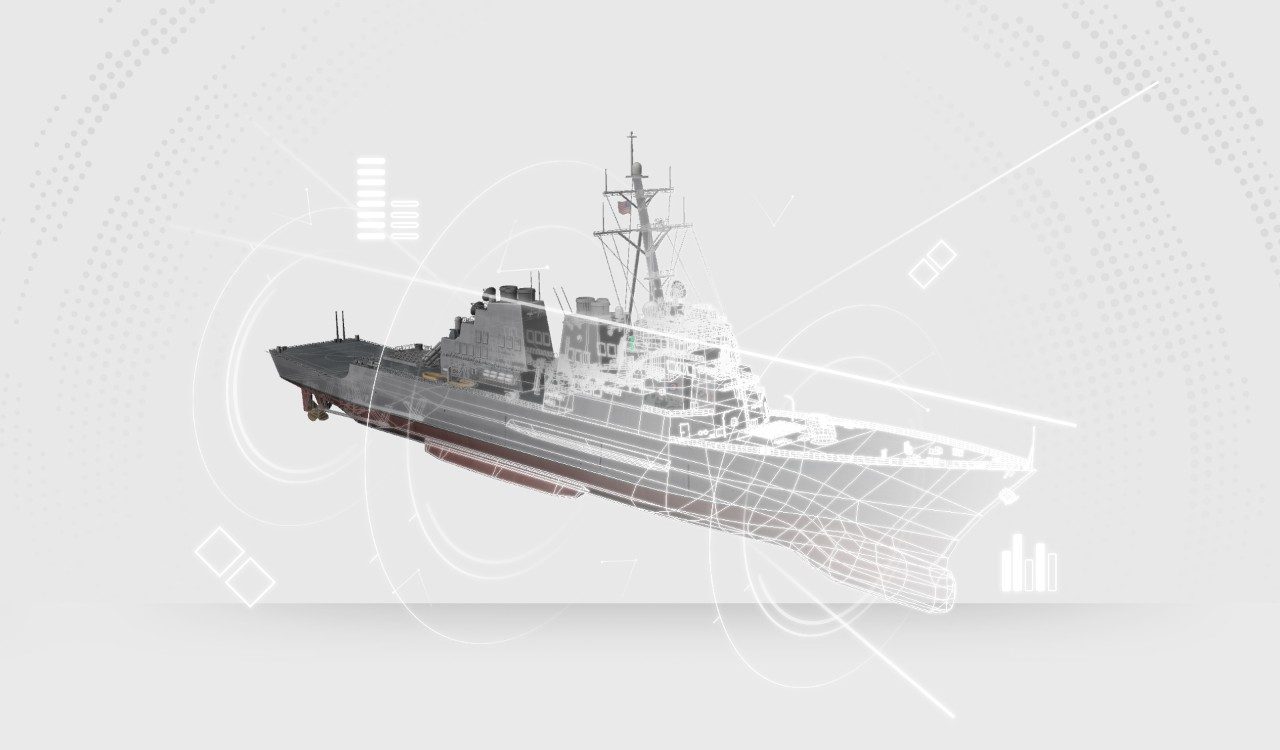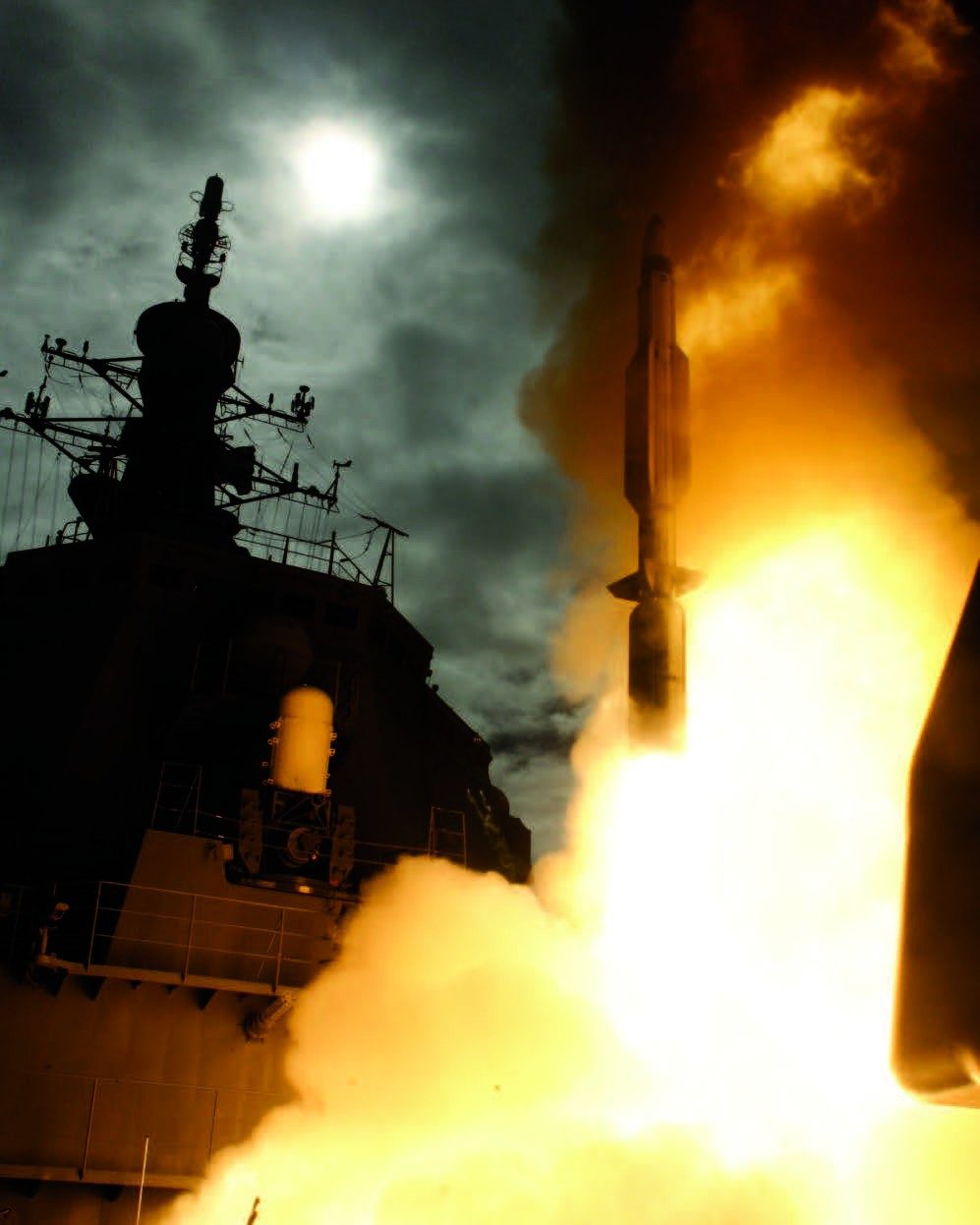Through 50 years of experience and 14 million lines of code, Lockheed Martin has built a legacy as the U.S. Navy’s Combat System Engineering Agent (CSEA) for the Aegis Combat System. With the fleet poised to face increasingly advanced emerging threats, Lockheed Martin is placing a keen focus on digital transformation to further Aegis’ capabilities well into the future.
This focus ensures Lockheed Martin is meeting the U.S. Navy’s needs today for a more secure future, one that will call on Aegis to remain resilient against sophisticated cyber-attacks while it defends against cruise missiles, ballistic missiles, and advanced hypersonic threats, and takes on new missions such as protecting the homeland.
“In order for us to meet the demands of the U.S. Navy and stay ahead of threats, we’re digitally transforming ourselves to this more commercial model. We’re doing it to foster innovation, incorporate new technologies and create speed at which we can provide these capabilities to the warfighter,” said Jon Rambeau, vice president and general manager of Lockheed Martin’s
Integrated Warfare Systems and Sensors unit. “We’re also embracing agile and DevSecOps secure software practices and working in the cloud environment to enable us to be better, faster and more affordable for the U.S. Navy.”
Lockheed Martin’s digital transformation push has taken several critical steps since the company first initiated the Common Source Library in 2008, enabling a common software repository across the entire Aegis fleet. By 2014, the company moved to an agile software development process allowing for rapid delivery of new capability. Four years later, they commenced the continuous integration / continuous delivery processes allowing for seamless, automated upgrades at the speed of relevance.
A premier example of this innovative engineering approach is the recent Baseline 10 upgrade for Aegis, the most comprehensive evolution of the system to date. The Lockheed Martin team integrated new sensors and weapons, and concurrently introduced over 20,000 automated tests of the system.

“Our forward-leaning approach creates a digital thread that encompasses the entire Aegis ecosystem, leveraging Artificial Intelligence (AI), DevSecOps and model-based engineering to manage new upgrades and cyber security considerations from the beginning of the development cycle through sustainment,” said Brendan Scanlon, Lockheed Martin program director for the digital transformation of Aegis. “Using this digital thread and partnering with innovative critical partners, we’re able to push out new builds faster.”
Jason Wrigley, Lockheed Martin’s director of business development for Naval Combat and Missile Defense Systems, states the company is actively involved in the Small Business Innovation Research (SBIR) federal program to find new partners working on promising capabilities that can be incorporated into CSEA work for Aegis.
“We collaborate with many small businesses developing newer techniques and capabilities and find ways to apply them to the weapon system,” Wrigley said. “The digital transformation ecosystem encompasses the entire CSEA work from design, algorithm and software development to automated test and supporting the fleet after our systems are delivered.”

Lockheed Martin is using augmented reality tools to help operators better visualize repairs for Aegis as well as using Lidar (light detection and ranging) technologies to map out ships for more precise, efficient installation initiatives.
“We can build a model of what the actual ship looks like and then map out how we would install some of the new equipment that would be coming onboard. The fact that we can do that in advance, in a modeling environment before we actually get onto the ship, helps us perform that much faster,” Wrigley added. “For maintenance, we are applying advanced techniques, such as AI algorithms, to predictively determine when parts will need maintenance before something breaks.”

Lockheed Martin is also leveraging cloud technologies to facilitate the future of Aegis support and improve multiple aspects of combat system engineering work, from modeling and simulation, to advanced data analytics and edge computing.
“As new threats emerge, we are dedicated to ensuring Aegis is always able to close those gaps and give the U.S. Navy and our allies the world’s best capability,” added Scanlon. “We’ve shown our ability to adapt and evolve the system, and to deliver something that works all the time, every time.”
From combat system design to on-ship equipment installation and integration, the company is bringing the future to the warfighter today. “The deep-rooted understanding and trusted experience we have of how the Aegis system works, is why Lockheed Martin remains the U.S. Navy’s dedicated CSEA partner,” said Scanlon. “While maintaining engineering rigor, we have evolved to develop and deliver upgrades successfully and faster to meet the schedule demanded by the fleet.”




